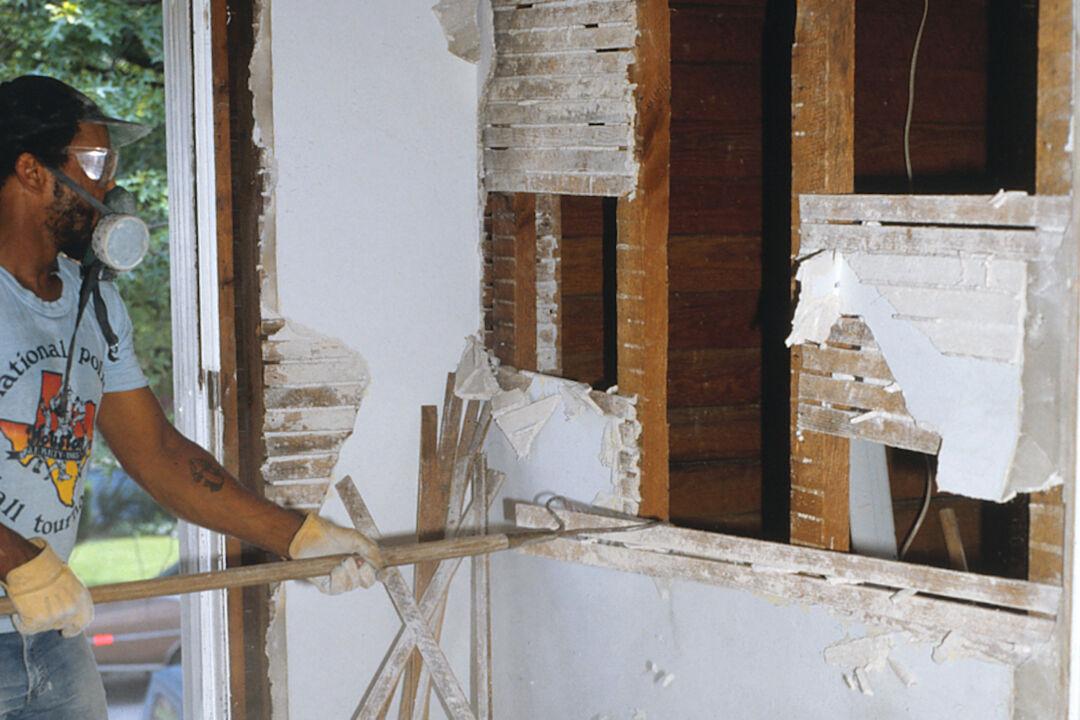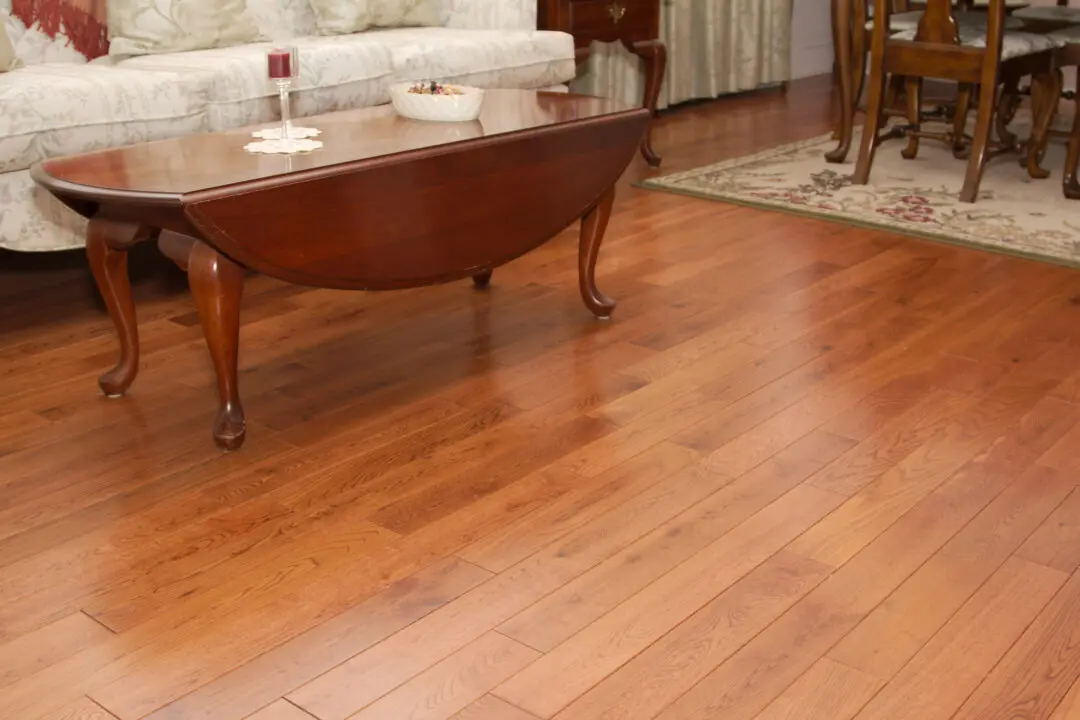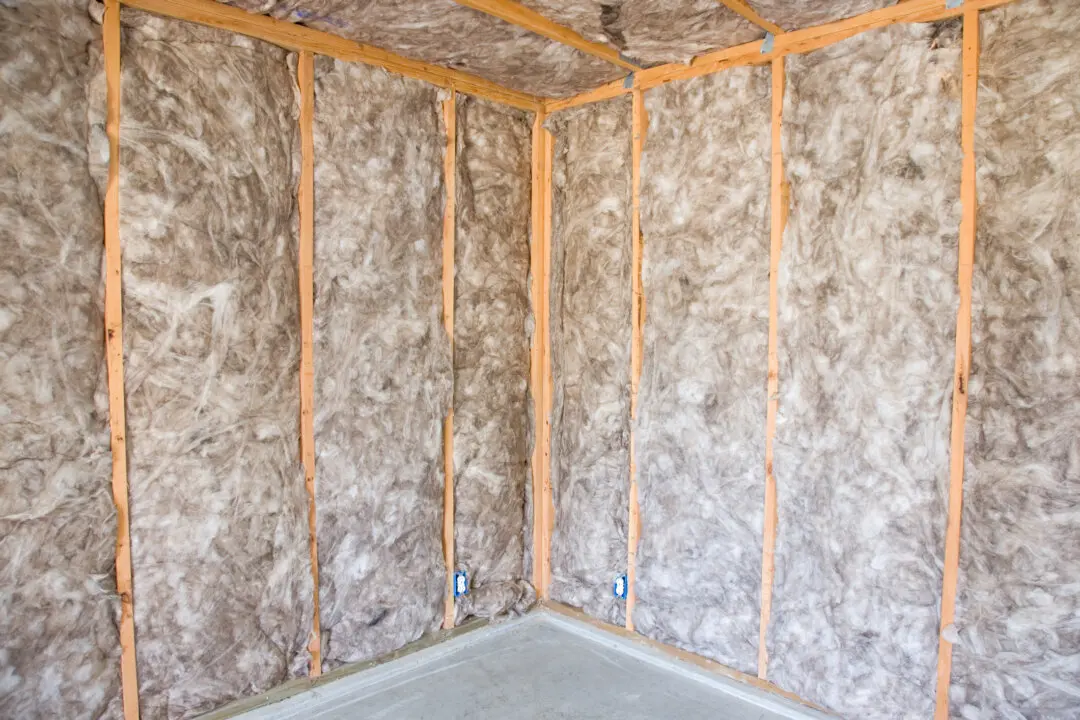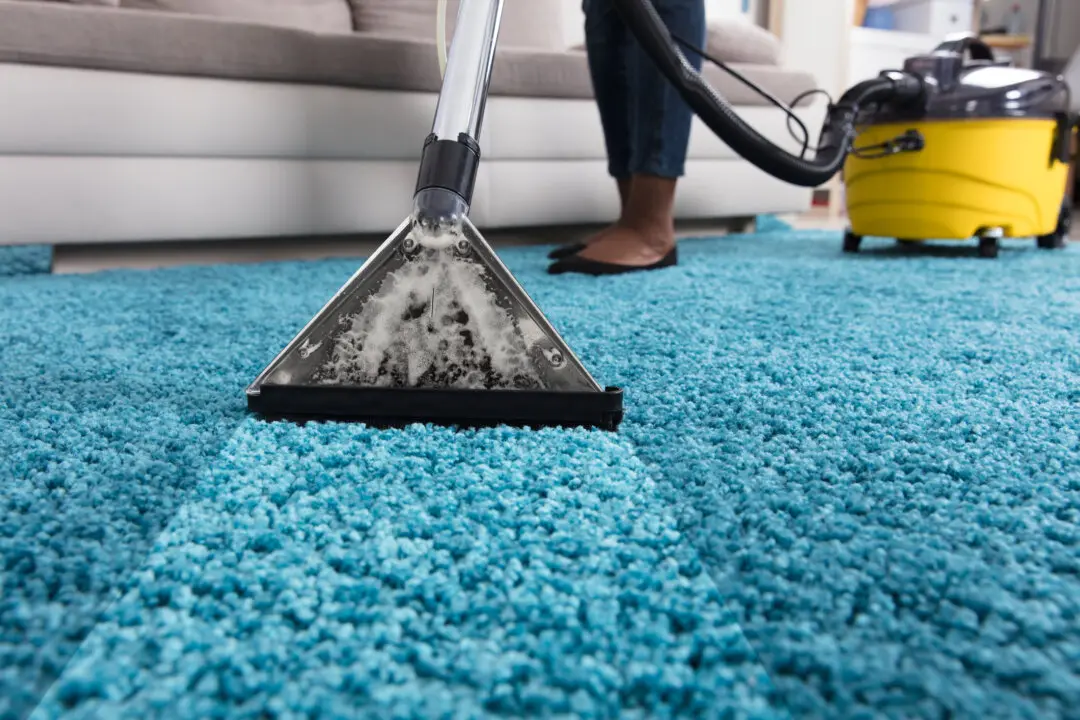Anyone who renovates an older home is faced with knocking down a plaster wall or two. We’ve had our share of plaster dust filling the air; and when the dust settles and the unwanted wall is removed, the opportunity to redesign the space is worth the effort and mess. If you want to save some money and get physical, we suggest doing some of the grunt work yourself. No matter who does the demolition work, it’s a difficult job that creates a nasty cloud of plaster dust and dirt in and around the work zone. So, plan to remove and store furniture and furnishing away from the work zone.
Before you start tearing out a wall, confirm with a building professional that it’s a non-bearing wall and determine the approximate location of plumbing and electrical lines so you avoid damaging them. Remove any doors, woodwork, and trim from around doors and windows, being careful not to damage them if you plan to reuse them.





